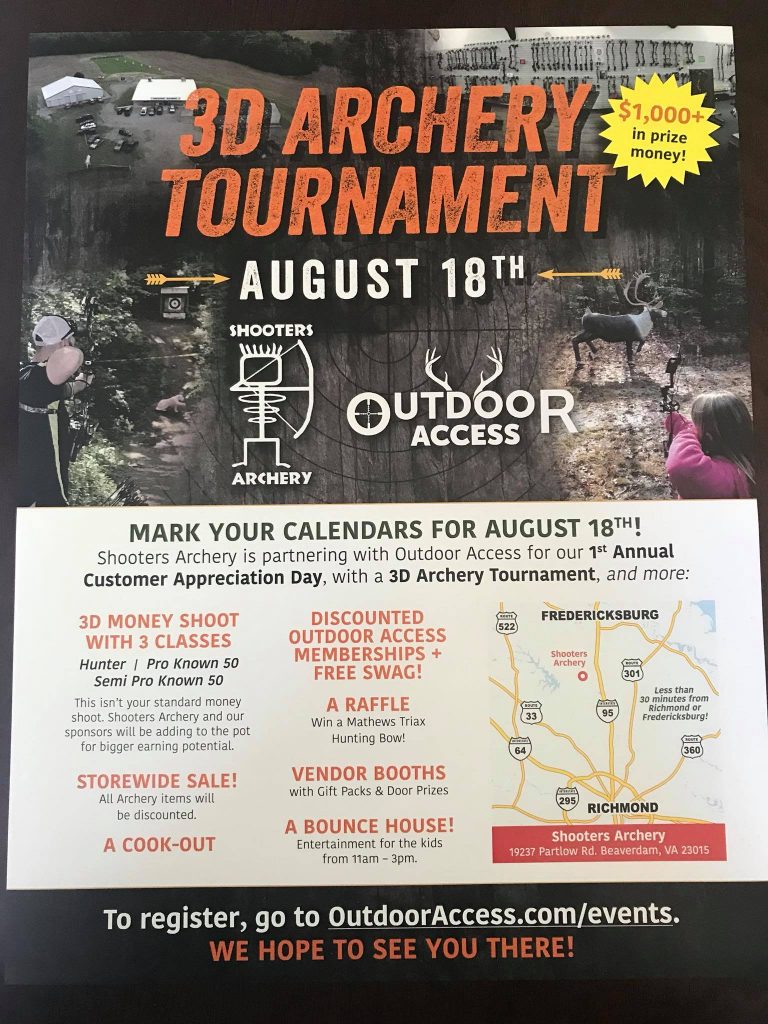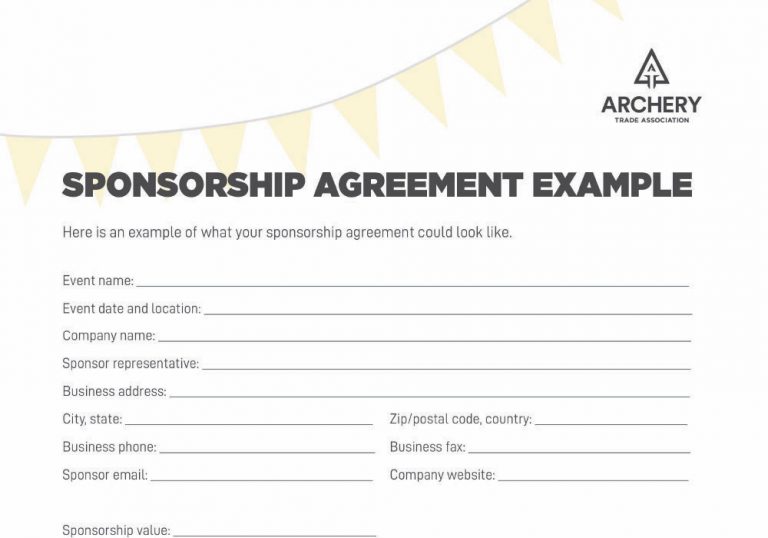BusinessMarketing
How to Obtain Event Sponsors (or Donations)
Use this plan to find and obtain sponsors for your upcoming events.
Photo Credit: ATA
Sponsorships are a win-win for businesses and their sponsoring partners. Sponsorships can help you fund an event, attract participants and improve the event’s quality and prestige. Meanwhile, sponsorships provide the sponsoring companies with brand awareness and opportunities to get involved, leading to increased sales or new customers. Plus, they can lead to lifelong, mutually beneficial business partnerships.
Use this plan to find and obtain sponsors (or donations) for your event. The process can be overwhelming, so consider breaking it into chunks. Try spending 20 to 30 minutes daily on your sponsorship efforts until you hit your goals. If you’re hosting a big event and want numerous sponsors, start the process a few months before. Smaller events with less sponsors doesn’t usually take as long.
Think about what you need for the event. What type of support do you seek from potential sponsors? Food? Money? Make a list of the items you need — or how much money you need for each item. Use this list to create a sponsorship goal. Once you understand your needs, create a prospect list.

Identify potential partners and reach out to them with your proposal. Photo Credit: Shooters Archery
Sponsors can be individuals or businesses. Not sure who to ask for assistance and support? Start with these ideas.
Consider connecting with nonarchery businesses like banks, bakeries, restaurants, workout facilities or auto repair centers in your town. They might want to get more involved in community events or to introduce their employees and customers to archery.
Strive to make your sponsorships make sense by matching people and businesses with things that fit their brand. For example, if you want coffee at your event, ask a local coffee shop to donate the drink. If you plan to have participants shoot paint-filled balloons during the event, ask an arts and crafts store to provide the supplies. For snacks, ask a local bakery. Perhaps you need a podium or stage for your winners; ask a construction company or lumberyard for their assistance. Try to pick sponsors strategically. That increases the likelihood they’ll commit and makes it easier for customers to remember their business.
After you determine whom to ask for what, create a proposal to win them over. The proposal should include how the sponsorship benefits their business and what they’ll receive in return. Let’s break that down.
1. Establish a Hook
Show potential sponsors what you’re trying to accomplish and how you’re serving the community with your event. Share what your business is doing and outline what you need from your sponsors to create a top-notch event. Showing them your cards helps them see how dedicated and committed you are toward achieving your end goal.
2. How the Sponsorship Will Benefit Their Business
Explain how event sponsors will receive brand recognition and awareness with your participants because you’ll tag their business in social media event posts and hang flyers and banners with their business logo and name at your event. Share the expected number of attendees and their demographics to show them what type of people and audiences they’ll reach. Do everything you can to help them understand the publicity your event will give them.
3. What They’ll Receive in Return
In addition to the benefits mentioned above, you can also offer sponsors some of the following things: logo placement on event materials and T-shirts, space for a flyer or item in a swag bag, an opportunity to speak at the event, a free table or booth at the event, a shared attendee list with participant contact information (for marketing to folks for their own events), and free range coupons for use at a later date.

Provide them with an agreement. Photo Credit: ATA
Do your research and identify the business owner or a manager. They’re likely the best person to talk to first. If you know someone within the business, they might be able to help you identify the go-to person. If not, look online or call ahead. Explain who you are and what you hope to accomplish and ask for the best contact to discuss details. Make an appointment to meet them in person. You can visit their office or agree to meet elsewhere to discuss the proposal details. Familiarize yourself with your proposal so you can speak openly and confidently in a casual conversation.
Keep track of the people and companies you talk to and the conversation outcome. Use the ATA’s example sponsorship agreement document to track your progress. It’s available in your MyATA member dashboard.
If they don’t like your idea or proposal, ask if they’re willing to contribute something else or if they’ll make a small financial donation like $25, $50 or $100. Explain to them every dollar counts and all contributions are relevant and appreciated. Always reiterate how the sponsorship would help your event and benefit their business. If nothing else, ask them how you can better align your message with their brand to become future partners. Remember to thank them for their time regardless of the outcome.
It’s wise to have tiered sponsorship levels to give your prospects options. You can separate your sponsors into gold, silver or bronze categories. If a business can’t (or doesn’t want to) offer a substantial amount, that’s OK. Accept whatever they’re willing to commit to and explain how you’ll recognize them in the corresponding tier. When you mention or recognize sponsors, always give more attention to your top sponsors, but don’t forget about the little guys, or they won’t participate in the future. A simple way to designate tiers is to make the bronze-level contributors’ logos smaller than those in the gold level. You might need to tweak your proposal offerings to show what’s included in each tier.

Make sure to thank your sponsors publicly on social media, or during the event. Photo Credit: X10 Archery
Once your sponsors have committed, follow through on your proposal. Help them take full advantage of the sponsorship by giving them everything you offered or agreed to.
Show your appreciation for their generosity before, during and after the event. Include their name or logo in press releases and event signage before the event. Give them a shoutout during the event, and send a handwritten thank-you note and a small gift, if you can afford it, after the event. Expressing your gratitude makes them more willing to sponsor future events.
If you overachieve your sponsorship goals and have extra funds or products after the event ends, use the overflow for future events. Or, consider using the extras to buy an ad in the local paper to thank sponsors and participants. You could also buy a vinyl banner to hang at the event that features the sponsor logos.

WE ARE HERE TO HELP THE INDUSTRY, TO HELP INDIVIDUAL BUSINESSES GET THE MOST OUT OF THE INDUSTRY, AND TO HELP YOU.